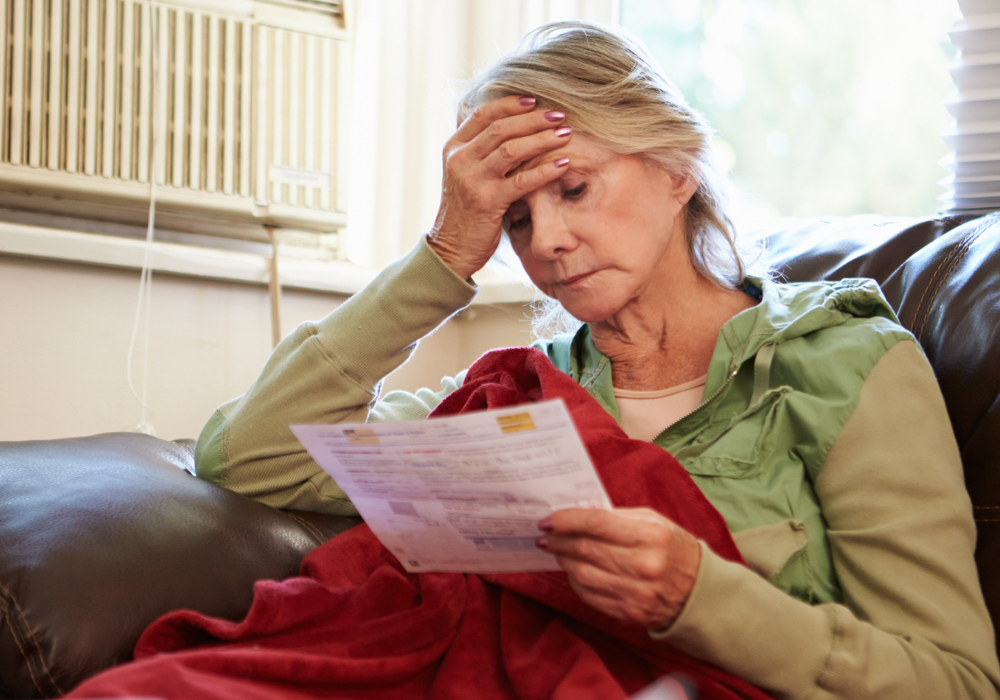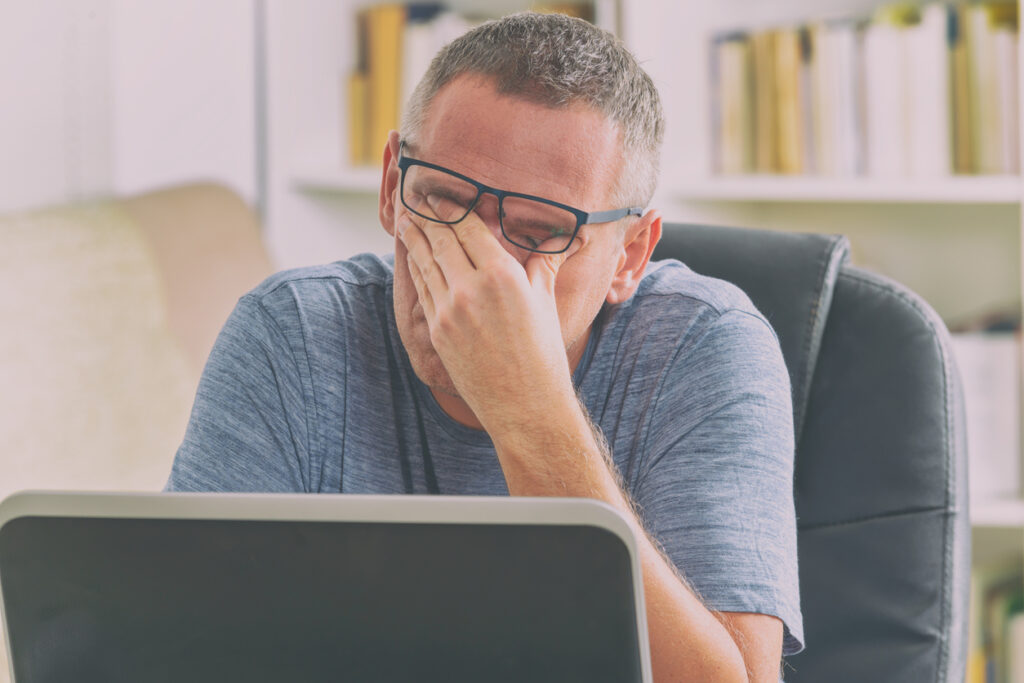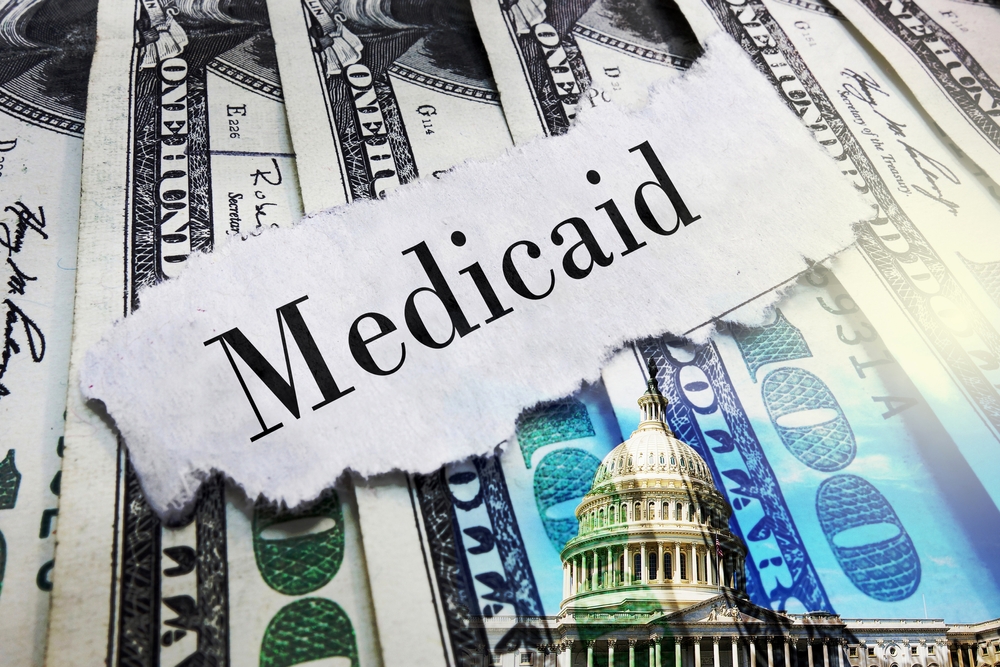One in five older Americans enter retirement with nothing saved.

An AARP survey shows that about 20 percent of adults aged 50 and older have zero retirement savings, and 61 percent worry they won’t have enough to last through retirement.
That stark reality forces millions to depend almost entirely on Social Security, delay retirement, or make impossible trade-offs. Facing this, every decision around work, health, housing, and family becomes loaded with financial uncertainty.
1. Zero savings means limited breathing room.

Having no retirement savings means there’s no buffer for emergencies like car repairs, medical bills, or sudden home costs. Without even a small nest egg, older adults may feel trapped—unable to absorb financial shocks without immediate fallout.
This lack of cushion leaves little margin for error. One unexpected expense can force hard choices: skipping medications, working longer than planned, or cutting basic necessities. The stress of balancing daily life with no safety net can become overwhelming.
2. Social Security becomes lifeline and liability.

For those with zero savings, Social Security isn’t a supplement—it’s the main source of income. Many retirees depend on those checks to cover rent, food, and utilities, leaving little room for anything else.
Relying so heavily on a fixed benefit is risky. Cost-of-living adjustments may not keep pace with local inflation, and benefit reductions or funding shortfalls would hit hardest those with no alternate reserves.
3. Working past retirement age is often the only option.

Without savings, older adults delay retirement, sometimes into their 70s. Many find they simply can’t afford to stop working and must continue earning to survive.
This carries its own costs: fewer job opportunities, increased health strains, and mental burnout. Even part-time work may not generate enough to cover the gap, forcing difficult trade-offs about how much to work and when.
4. Debt and lack of savings reinforce each other.

Older Americans often carry debts—credit cards, medical bills, remaining mortgages—which consume income and make saving nearly impossible. In fact, 22 percent of indebted older individuals report having zero savings.
The vicious cycle is clear: debt limits the ability to set aside money, and not saving makes future debt more likely. Many find themselves stuck, paying interest instead of building security.
5. Housing and assets aren’t always answers.

Some expect their home or car to be assets they can tap later, but converting them to cash isn’t easy. Selling real estate can be expensive and time-consuming, and home values aren’t guaranteed to rise in every market.
Moreover, housing costs and upkeep may drain resources faster than any sale would return. For those with no savings, relying on illiquid assets often proves to be a gamble rather than a solution.
6. Health care shocks devastate finances.

Medical emergencies strike without warning. Without savings, those visits can wipe out a year’s worth of income. Even routine treatments or prescription costs can overwhelm budgets built only on Social Security.
Preventive care may be forgone, worsening long-term outcomes. The physical toll of missed treatment links directly to financial fragility, making health and money inseparable struggles for many older Americans.
7. The emotional weight of financial unpreparedness.

Facing retirement with no savings carries more than material stress—it brings anxiety, shame, and fear. People may feel embarrassed or guilty for not having prepared, even when circumstances prevented them from doing so.
That emotional burden affects relationships, mental health, and self-worth. Planning becomes harder when fear blocks decision-making. Many avoid confronting the problem until it becomes a crisis.
8. Women and marginalized groups face sharper risks.

Women are disproportionately affected, often saving less due to wage gaps, caregiving breaks, and longer life expectancy. Census data show that a higher percentage of women ages 55 to 66 lack personal retirement savings than men.
Similarly, communities of color and low-income individuals face systemic barriers to saving—lower wages, fewer employer retirement options, and less financial literacy access. These structural disadvantages make zero-savings retirement even more common and damaging.
9. Planning solutions arrive later, not sooner.

Once retirement looms, catching up is extremely difficult. Even aggressive saving in your 50s or 60s rarely makes up for decades of lost compounding. Many find themselves making sacrifices—downsizing, moving, or relying on family support.
Still, some hope exists. Strategies like deferred Social Security, working part time, minimizing debt, and maximizing benefits can help mitigate the shortfall. But the earlier one acts, the better the chance of smoothing the transition.
10. Policy shifts could reshape the terrain.

Public policy plays a pivotal role in preventing retirement without savings and limited healthcare. Automatic enrollment in employer plans, matching contributions, expanded tax incentives, and safety net reforms could help millions accumulate modest retirement reserves.
Advocacy and innovation may gradually close the gap, but policy changes take time. Meanwhile, those facing zero-savings retirement confront hard choices and uncertainty they never imagined.
